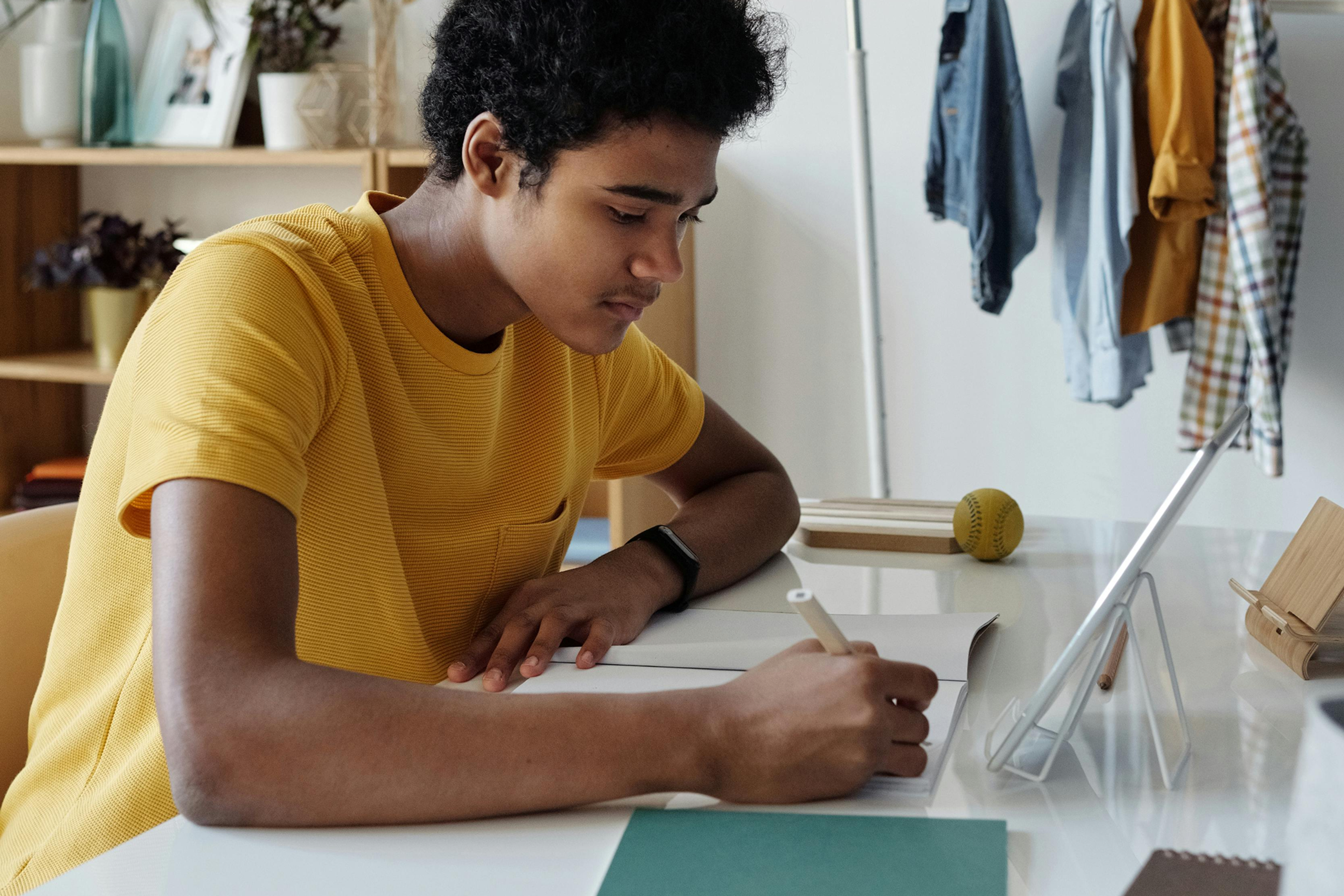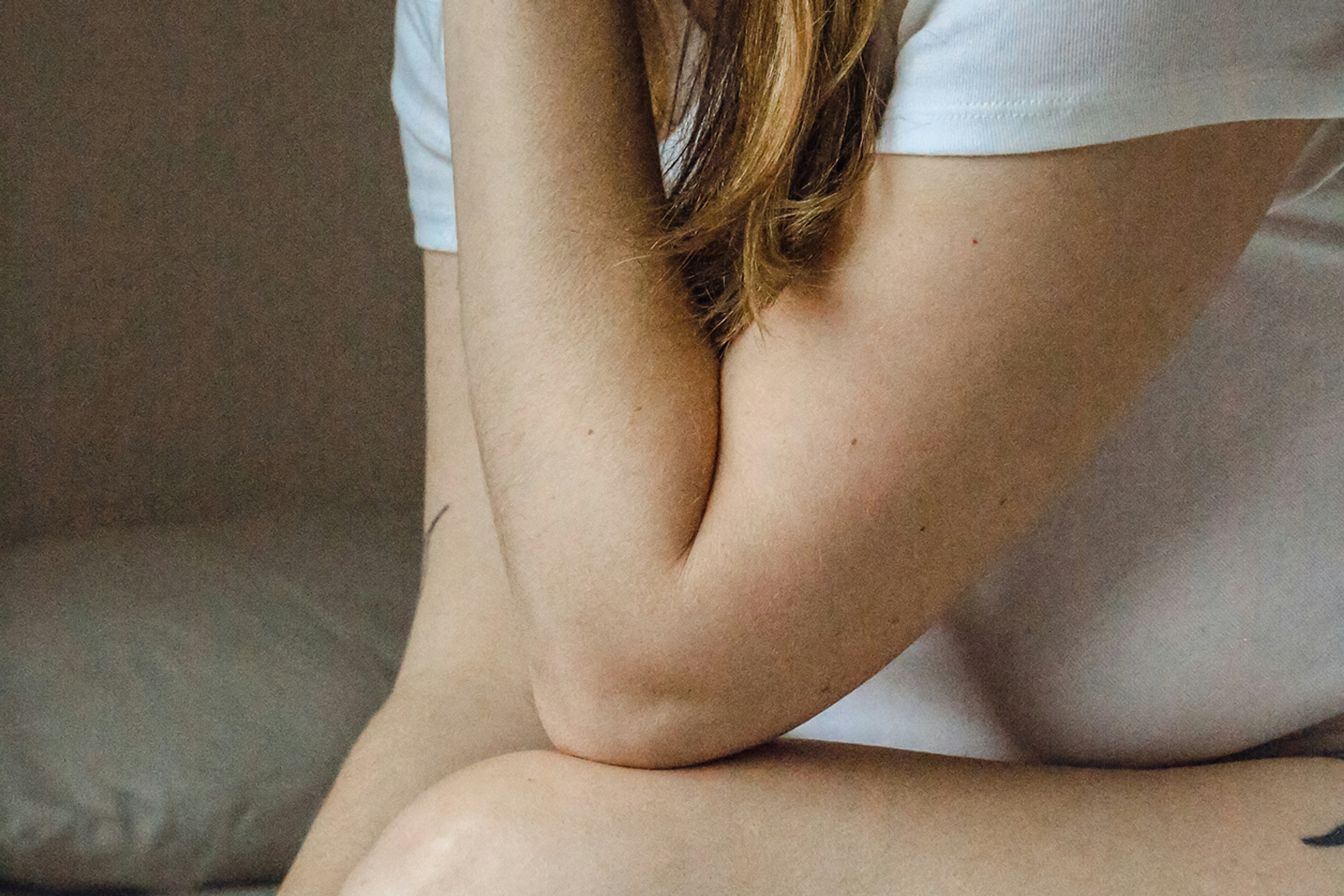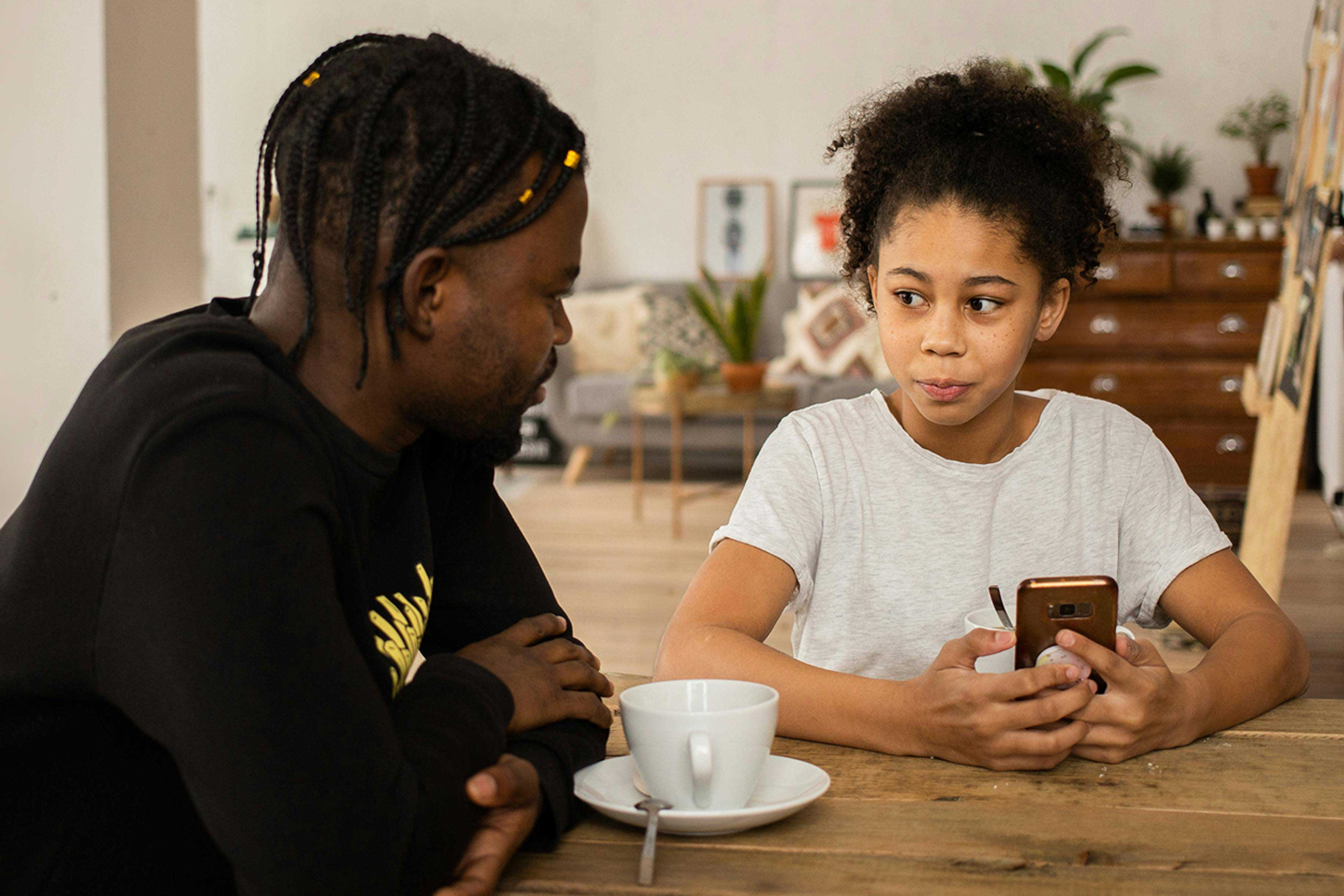
The following story is from Deana A., a mother helping helping her teen recover from anorexia.
Our daughter is an artist and musician to the core of her soul. She can see things in a way that’s beautiful and unique. As a family, we have always loved that about her. She’s always made us proud without any effort.
After she turned 13, we saw she was struggling with feelings of angst and anxiety. We initially thought it was typical for her age. Since she’s our oldest, it was our first time parenting a child entering their teenage years. Looking back we saw she’d been losing weight as well—but it was very slow, so we didn’t attribute it to something serious.
We realized she had an eating disorder while our family was visiting grandparents. She was numb with emotion. She was sad and very frustrated. At this point we were forcing her to eat a certain amount of food—but hadn’t realized yet that she literally could not eat.
On that trip I started to ask her more pointed questions—are you drinking water? Are you able to drink water? The answers revealed the seriousness of what we were up against.
We started researching everything we could. In an online support group I came across JD, another parent who had helped a child through an eating disorder and now helps other families get help, who recommended looking into family-based therapy (FBT).
The fog I was in was so dense. I still didn’t know how sick our daughter was or how long the treatment would take. I just knew I had to make her gain weight. Life was really difficult in that time. I took it hour by hour and focused on making her to eat, supporting her through every bite she took. When I wasn’t feeding her I was researching anorexia, Family-Based Therapy, and reading other parents’ experiences. We started to recognize the seriousness of the situation—that an eating disorder is a life threatening illness, like a child with cancer.
How an eating disorder affected our family
Our family had become divided through this diagnosis. Before this we’d been pretty unified at the dinner table. It was hard to see us not have meals together and see our younger son not get the attention he needed.
My husband is an incredible father but our daughter wasn’t responding to his efforts to help. She trusted me, and only me, with her most raw thoughts and emotions. I was so grateful for her trust—and it was also very isolating since I was the only one to see her at her worst. Because my husband didn’t experience the scariest moments with our daughter, it felt like it was on my shoulders. It felt like I couldn’t breathe. I was unraveling but trying not to.
Advice for other families
Early on I heard from other parents that it gets worse before it gets better. That’s true. You feel like you’re drowning—but know there is a way out.
Parents are often worried their child might not like them if they’re enforcing all these rules about eating and behavior. They might want to be more of a friend. Through our treatment and recovery we saw just how much kids need good family support and strong parental guidance to get better.
Evaluating treatment options
We saw our pediatrician as soon as we returned home. She’s an incredible doctor but was not an eating disorder specialist—and referred us to the eating disorder clinic in our area. It was likely the clinic would treat our daughter at a residential facility at some point; and I really did not want to send my daughter away to be treated.
Before we found Equip we had tried a therapist for our daughter. She was a great therapist but I felt I got more support from the mentors in my online support group. With eating disorders, there’s something powerful about learning from those who have been there before. I shared all the research about family-based treatment with our doctor, who was very supportive of our decision to go with that option and treat our child at home. It empowers you to take the best care of your child—better than anyone else can.
Family-based treatment made sense to us—it felt intuitive. Give your child a full plate. Learn what’s normal to eat—and what’s average. Stop making it about numbers and points, which will eventually need to be unlearned anyway.
Initially I was skeptical since I’d found Equip through a stranger on the internet. As I dug into them more, I saw a lot of the research behind the program and realized it was worth a try, especially if we could help our daughter get better without sending her away. I recognize that sometimes a kid is so sick they need to go away to a treatment center to get stable. Even when they come home they’ll still be ill—just less ill than before. So you still have to do the work.
Our experience with family-based treatment at Equip
We were such a priority to our care team. The team was available when we needed it—and we needed them a lot. One week I booked two appointments with the therapist instead of one, and the team made themselves available for more if we needed it. When someone is struggling with an eating disorder—you don’t know what it’ll be like one minute to the next. Once during a camping trip, our daughter was having a really hard time. I got in touch with our family mentor, Lisa—on a weekend—who talked to me for 15 minutes to guide me through the situation. I really felt like I was a priority and her reassurance was enough to keep me steady on the path.
I also loved how our Equip care team was unified in our treatment plan and communicated with each other. Usually, even if you find great providers on your own—the therapist, psychiatrist, and dietician will be in separate places. They might email each other now and then, but the quality of care and coordination wouldn’t be like it is with Equip
It was a time commitment, but when you’re going through an eating disorder that amount of time is necessary. If our daughter had gotten treatment at the clinic we were referred to, it would have meant commuting to the facility three days a week for three hour sessions. And the treatment wouldn’t have been as thorough. Now that our first phase of more intensive treatment is over and we’ve learned how to maintain our daughter’s health, our time commitment is a weekly support group with other parents.
Our therapist told us from the start that parents will always do the heavy lifting. Kids will look back and remember this as a rough patch; parents will remember the vivid details. Our Equip team educated us about what to do for our daughter and how to get her to the other side of this..
Equip also treats not just the whole person—but the whole family. As a couple, we didn’t understand what each other was going through. Our care team really respected us as parents and as a couple. They met with us individually and together as needed, helping us become a unified front and giving us the same information. Our daughter also grew to love her time with her peer mentor. Initially she acted like she hated it but every time after that appointment she has been built up mentally.
Five months after starting this journey I can say everything is changing for the better. Both our kids are sitting at the dinner table playing a game over dinner and I trust our daughter will finish her meal while my husband and I step away to take a phone call.
Parenting a child through an eating disorder is like diving into the deep end of a pool blind folded without knowing how to swim. But with Equip and Family-Based Therapy, it’s as if there’s friends on the edge of the pool telling you how to move your arms and legs, and where to swim to get to safety. It’s scary to get your child through this but it was my only option to save her. So that’s what I had to do. We really loved the Equip program so much. We almost wish we still engaged with our care team like we did during treatment. We felt it was the holy grail of treatment.







